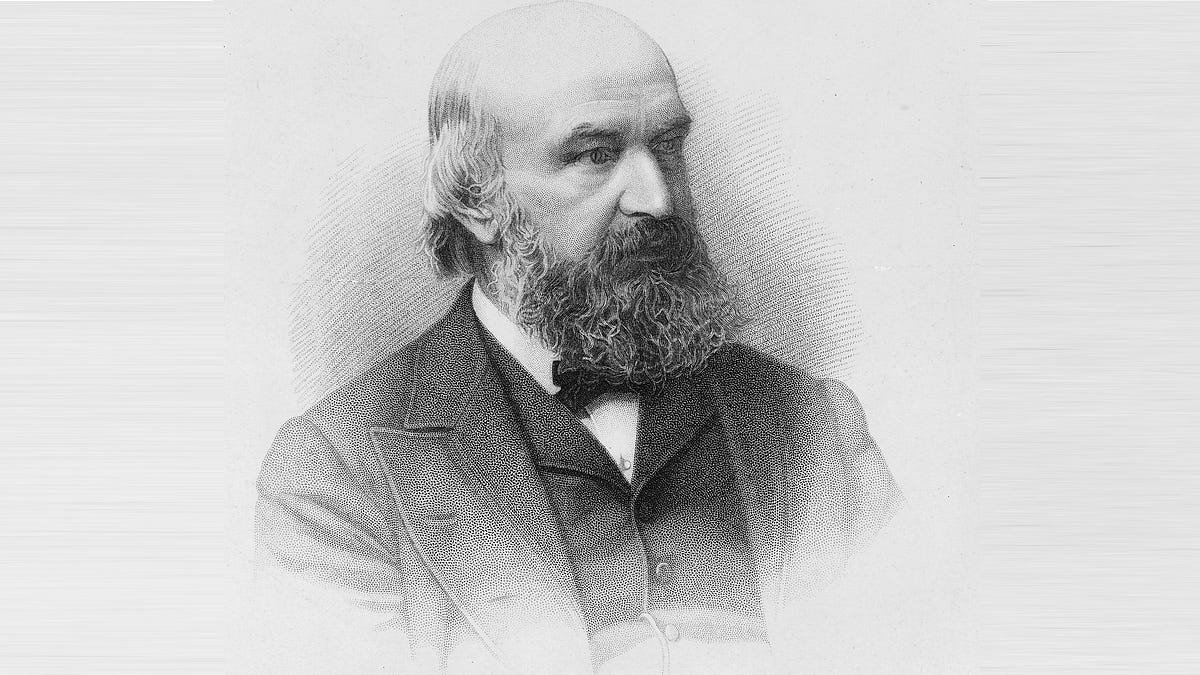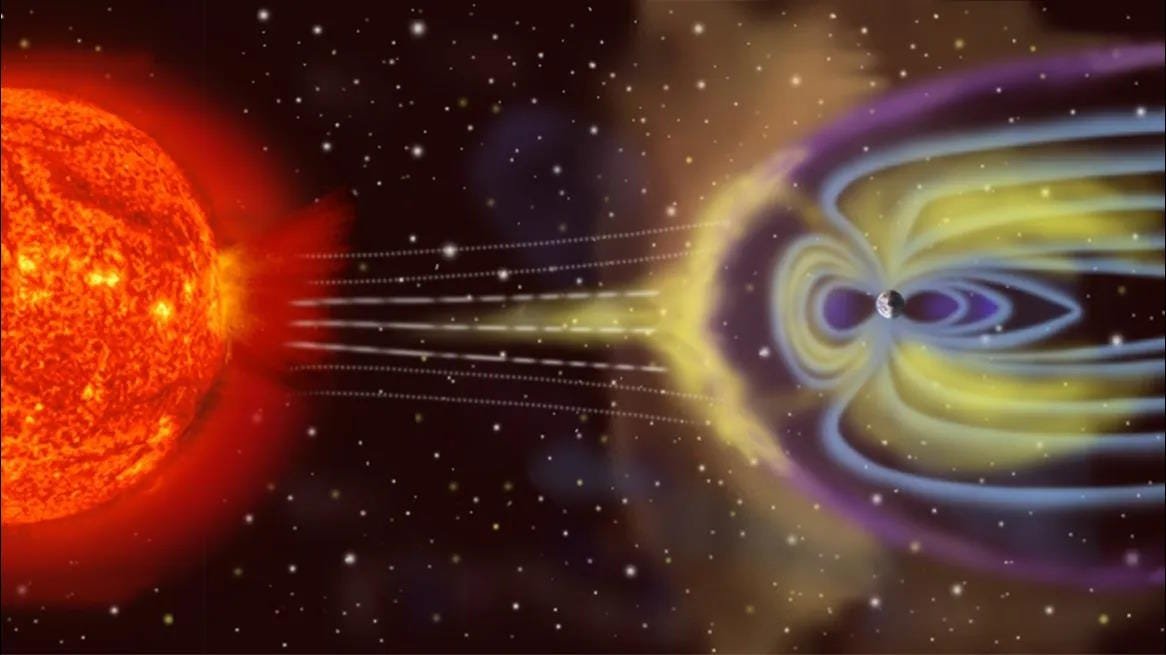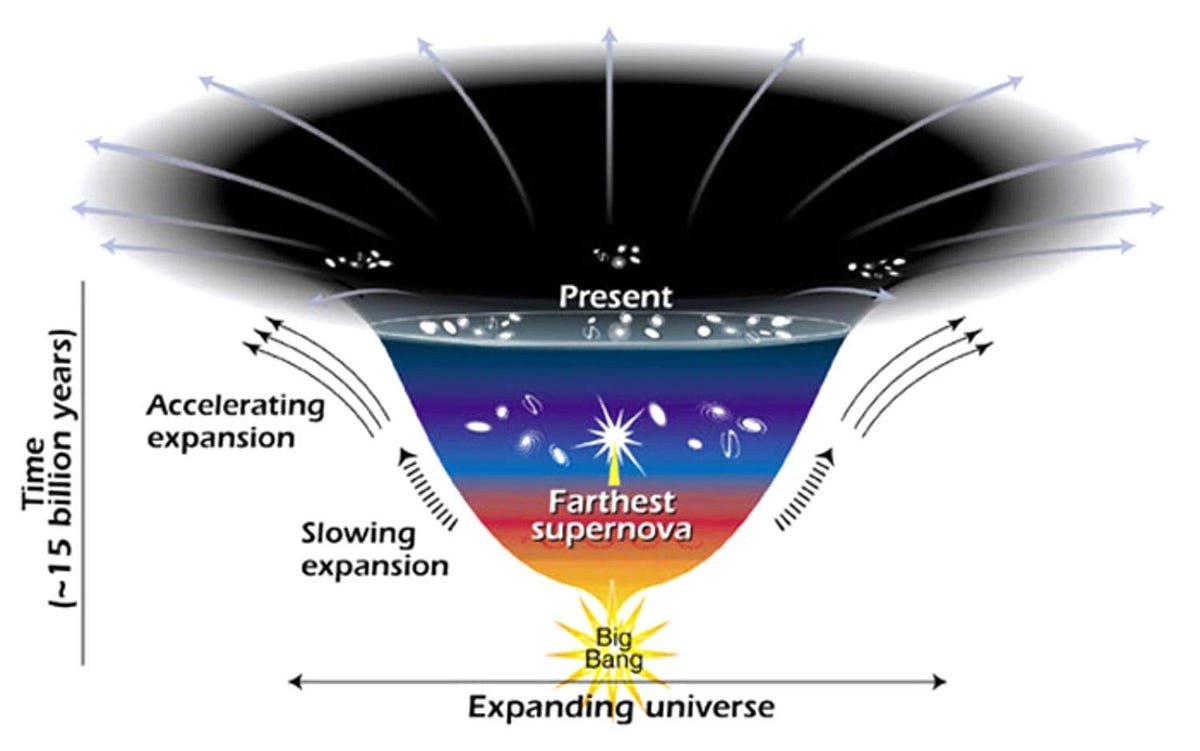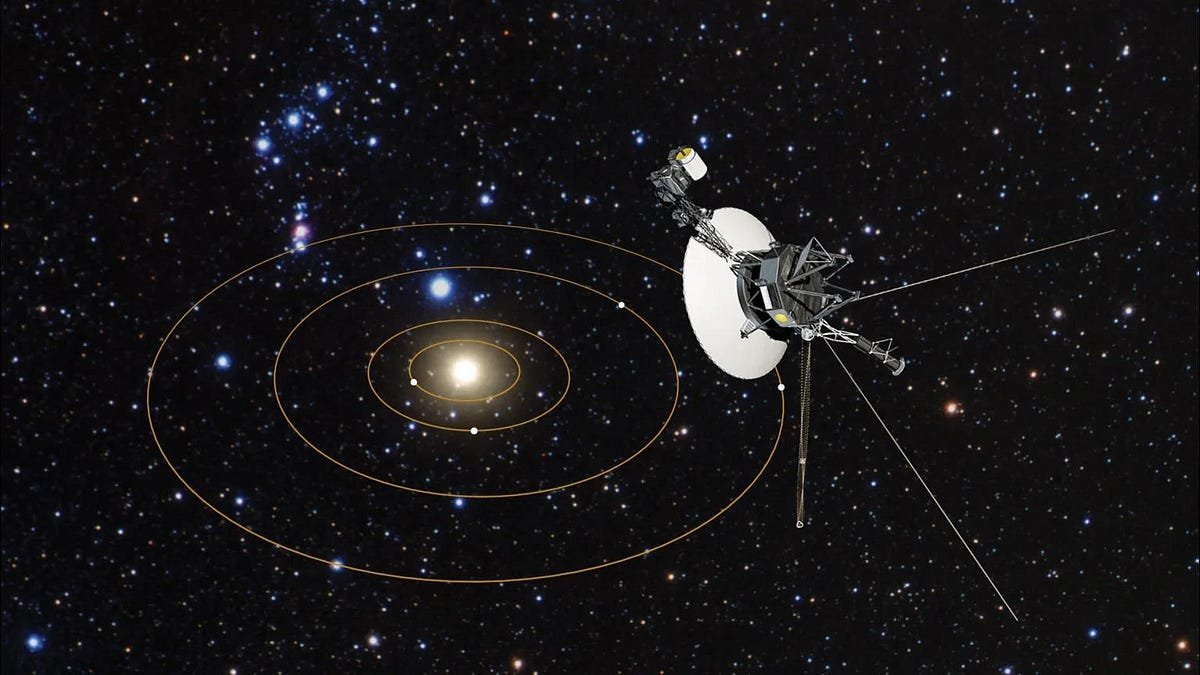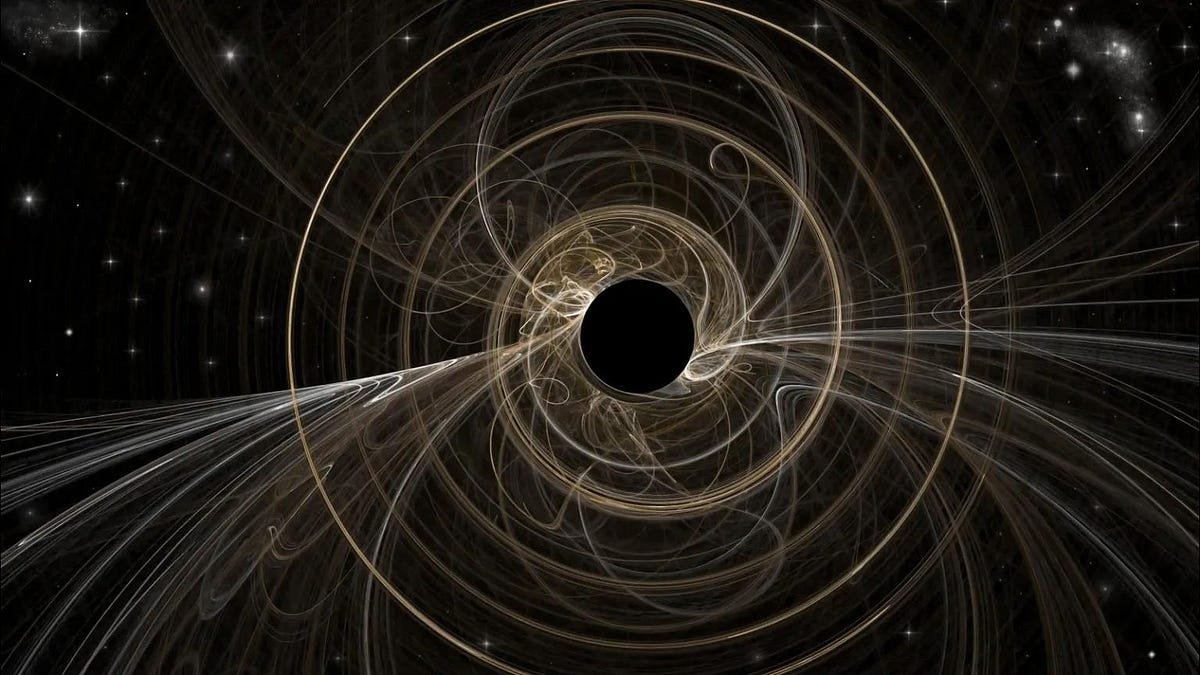
Ask Ethan: How does Hawking radiation really work? | by Ethan Siegel | Starts With A Bang! | Feb, 2024
It’s not about particle-antiparticle pairs falling into or escaping from a black hole. A deeper explanation alters our view of reality.
For many good reasons, black holes are among the most studied objects in the entire Universe. Initially predicted back in the late 18th century in the context of Newtonian gravity, black holes were shown to arise in the context of General Relativity as early as 1916. Astrophysically, they can be formed when gas clouds collapse, when the cores of stars implode, or when two neutron stars collide, among other mechanisms. They have been observed via numerous methods: from electromagnetic emissions that arise from matter around them, from the motion of stars or binary companions around them, and from the gravitational waves they emit when two of them merge together.
But perhaps, most remarkably of all, it was shown in the early 1970s that black holes cannot endure forever, but will eventually evaporate due to the continuous spontaneous emission of radiation that emerges from them: Hawking radiation. But how does Hawking radiation truly work? Not as Hawking asserted, unfortunately, which brings us to the question submitted by Leif Koesling:
“Earlier today I was reading your article on Hawking Radiation and was very confused with your explanation.
You mentioned that this particle and antiparticle cancellation was not in fact true, and that it was actually the curvature gradient of the black hole that was creating this Radiation.
Could you maybe explain this? How can the bending of spacetime result in Radiation?”
There’s a lot to consider, but let’s try and make it as clear as possible by beginning from an unusual starting point: empty space.
Most of us, initially, think of empty space as some sort of perfect “emptiness” without anything inside:
- no particles,
- no antiparticles,
- no radiation,
- no fields,
- no curvature of space,

